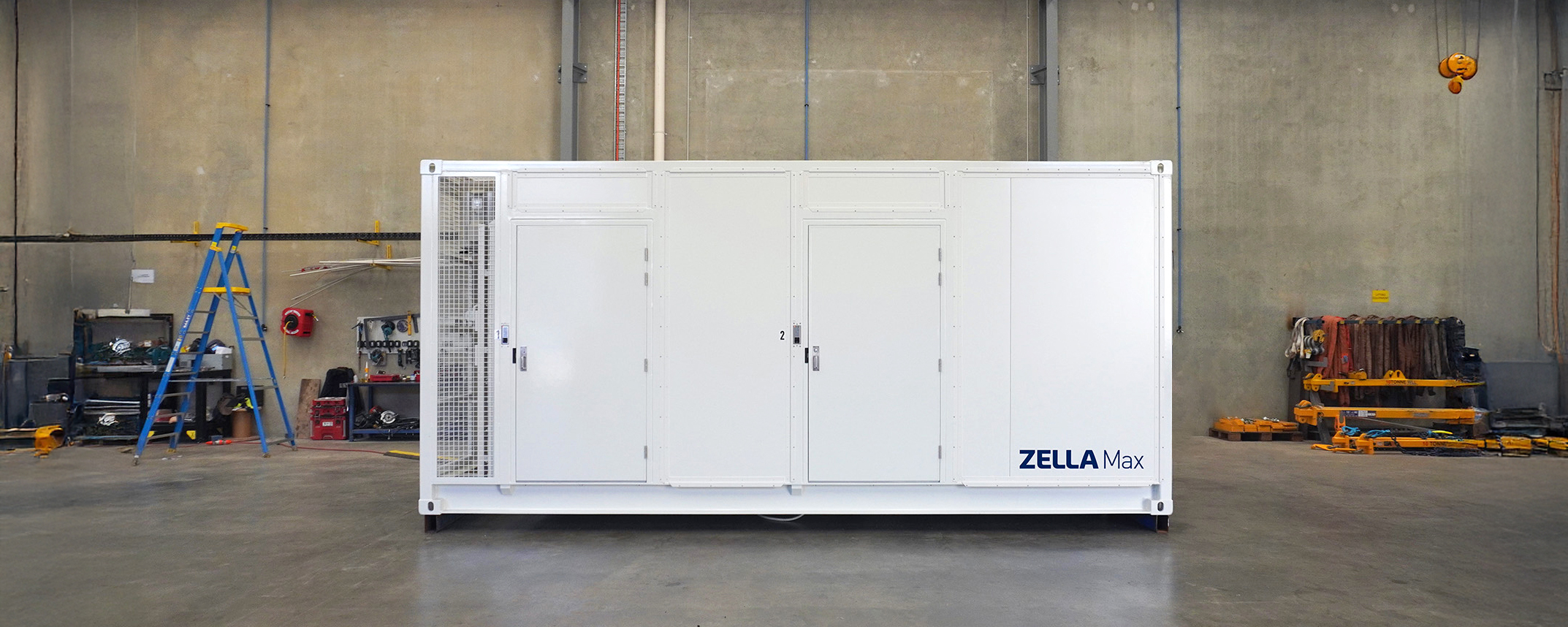More and more businesses are adopting edge computing for increased security, consistent networking and real-time responsiveness. More businesses and more businesses are tackling the challenges of the edge.
According to the Gartner Research report, new business requirements and technical capabilities are driving more computing and communications applications toward the edge of the network. Edge architectures and technologies are set to be an essential component of innovative products and services.
Specifically, the Gartner report found that edge computing is being used:
- In situations where cloud architectures deliver insufficient security and resiliency in the event of network failure, or when using technologies, such as virtual reality, where a compelling user experience demands real-time responsiveness.
- To design new products and services to exploit endpoint, near-edge and far-edge processing to enable superior security and performance, or to reduce hardware and networking costs by offloading local processing to shared edge services.
Edge computing allows businesses to capture more data, make real-time decisions and interact directly with clients and customers. According to Gartner, around 10% of today’s enterprise data is already being produced and processed outside of centralised data centres. By 2025, this will grow to 75% or more, creating a $29 billion market. This means the pressure is on to create an alternative to the traditional method of shipping data back and forth to the data centre to be stored and processed.
The primary drivers behind edge computing are:
- Mobile and Internet of Things (IoT) applications requiring highly available, low-latency, high-performance, secure, scalable platforms to process all of the data that’s being generated and consumed at the edge.
- Cloud limitations.
- New computing capabilities.
Edge computing applications have the following requirements:
- Fast and reliable local data storage in a flexible setting
- Privacy and security (both cyber security and physical security)
- High-performance, low-latency operations
- Highly efficient data exchanges
- High availability (minimised downtime)
- Automated failure detection and remediation
- Automated system monitoring and auditing
- Reduced / minimised costs
Zella DC – tackling the challenges of the edge
Zella DC micro data centres are perfect for tackling the challenges of the edge.
A Zella Pro is a stand-alone housing unit that replicates all of the cooling, security, power and monitoring capabilities of a traditional data centre on a much smaller, lower-cost scale, making it ideal for edge requirements. It miniaturises the data centre into the size of an average refrigerator, offering its own cooling and power capabilities, significantly reducing operational and energy costs by 30-60%, and the on-premise IT footprint. Moreover, it allows for portability and can be moved from location to location and expanded to a set of “modular’’ data centres as a business grows.
Each Zella Pro is robust, secure, with cooling systems that minimise energy cost while giving customers flexibility of size and sophistication. All boxes are monitored for performance 24/7/365 even when there is no network available.
10 key benefits:
- Small, compact, localised storage with micro data centres the size of a fridge
- Cyber and physical security to protect your data from unwanted entry
- Minimal risk of human error to ensure no data is lost or damaged
- Energy efficiency to keep your costs low
- Reduced noise so you can place your micro data centre anywhere, even by your desk
- Self-learning and autonomy
- Data sovereignty
- Scalability, easily add more storage space as you need it
- Local storage = fast processing
- Easy to deploy and relocate
Get in touch if you’d like to find out how can help you tackle your edge challenges.






